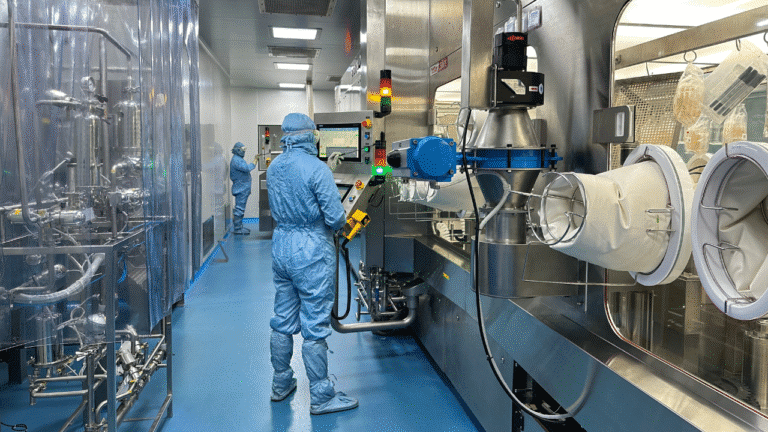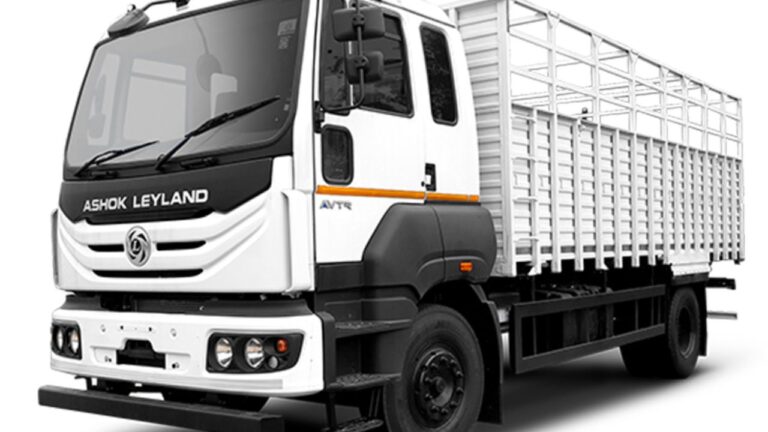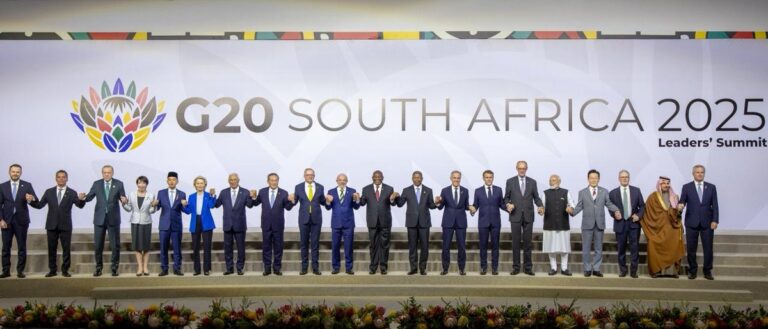
India stands at a defining moment of urban transformation. As cities expand and millions migrate in search of opportunities, the future hinges on one fundamental challenge: can we build inclusive, dignified, and affordable housing while renewing ageing urban spaces without displacing the very people who give cities their character?
The answer lies in how India balances affordability, equity, and sustainability through thoughtful urban renewal.
Why This Matters: India’s Urban Reality
- India’s flagship housing mission has delivered millions of units under PMAY-U, shaping one of the world’s largest affordable housing programmes.
- Nearly one-third of urban residents still live in informal settlements-often without secure tenure or basic services.
- Urban renewal must go beyond construction; it must strengthen infrastructure, livelihoods, mobility, and long-term urban resilience.
Housing is not just shelter. It is the foundation of economic mobility, health, safety, and social dignity.
What Stands in the Way? Key Barriers
1. High Land Costs & Limited Urban Space
City centres carry steep land prices, making affordable housing financially challenging.
2. Affordability Gaps
Low-income families often lack access to formal credit, down payments, and rental security. ARHC initiatives help, but not enough to meet the huge demand for migrant-friendly housing.
3. Informal Tenure & Risk of Eviction
Millions live in settlements without formal land rights, complicating service upgrades and long-term planning.
4. Complex Governance
Urban renewal requires coordination among multiple government bodies, developers, and communities-often leading to delays or fragmented outcomes.
Affordable Housing: How India Can Build an Equitable Urban Future
1. In-Situ Upgradation: Strengthening Communities Where They Are
Rather than displacing families to distant resettlement sites, in-situ upgrading improves water supply, sanitation, drainage, and roads within existing neighbourhoods.
Ahmedabad Slum Networking Programme (SNP) is a national model demonstrating:
- community partnership
- household contributions that build ownership
- major improvements in health and quality of life
- cost-effective upgrades compared to relocation
SNP shows that small, targeted improvements can lift entire communities without breaking social networks.
2. Rental Housing & ARHCs for a Mobile Workforce
India’s cities run on the labour of migrant workers, yet rental housing remains scarce and often exploitative.
Affordable Rental Housing Complexes (ARHCs) provide:
- proximity to workplaces
- safer, regulated rental options
- improved living standards for informal workers
A strong rental ecosystem is essential for an equitable urban future.
3. Mixed-Use & Cross-Subsidy Development
Cities can finance affordability by combining commercial spaces with low-income housing.
This:
- spreads cost
- brings workplaces closer to homes
- reduces travel time and emissions
- builds mixed-income neighbourhoods that are more socially resilient
4. Secure Tenure: The Foundation of Stability
Without tenure, families cannot access government schemes, loans, or utilities.
Giving formal recognition-through occupancy certificates or land titles-can:
- reduce eviction risks
- attract private and community investment
- strengthen neighbourhood stability
5. Participatory Urban Planning
For renewal to be equitable, communities must be part of the decision-making process.
Participatory planning builds trust and ensures:
- fair beneficiary selection
- clarity on entitlements
- transparency in resettlement and rehabilitation
- improved long-term outcomes
India’s Urban Renewal in Action: Two Real Case Studies
Case Study 1: Ahmedabad Slum Networking Programme (SNP)
SNP is one of India’s most successful urban upgrading models.
Key outcomes included:
- piped water and sanitation
- better drainage
- paved access roads
- improved health outcomes
- strong community ownership
The programme proved that soft interventions-trust, participation, clarity-are as important as hard infrastructure.
Case Study 2: Dharavi Redevelopment Project (Mumbai)
Dharavi illustrates the immense potential-and complexity-of large-scale renewal.
The project aims to:
- construct new homes for eligible residents
- provide commercial spaces for local enterprises
- create public amenities and transport linkages
However, it raises crucial questions about equity, livelihood protection, and local consent-highlighting the delicate balance between economic development and human rights.
A Blueprint for an Equitable Urban Future
To ensure affordable housing drives true inclusion, Indian cities must:
- Prioritize in-situ upgrading wherever possible
- Scale rental housing, not just ownership
- Use land value capture and inclusionary zoning to finance affordability
- Simplify land records & strengthen tenure security
- Embed community participation in every stage
If these principles guide India’s urban journey, housing becomes more than architecture-it becomes a pathway to dignity, opportunity, and shared prosperity.
Future of Cities Depends on Who They Include
So, can affordable housing and urban renewal shape a more equitable urban future for India?
Yes- if we place people at the centre of development.
When renewal protects livelihoods, when housing is affordable for the poorest, when communities help shape their neighbourhoods, and when cities grow without pushing the vulnerable to the margins-India builds not just bigger cities, but better ones.
The future of India’s cities will be defined by how well they include the people who build them, sustain them, and call them home.






